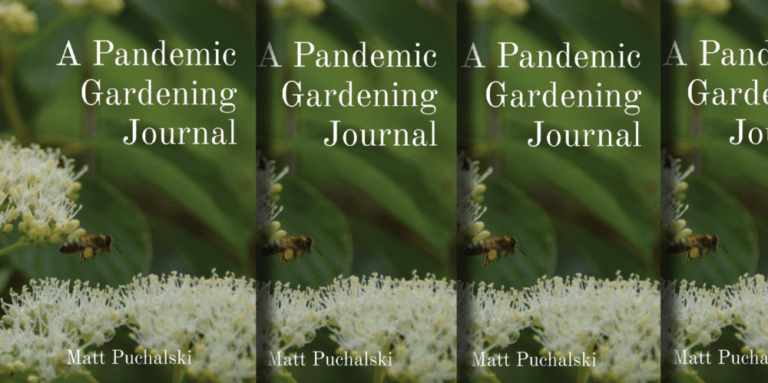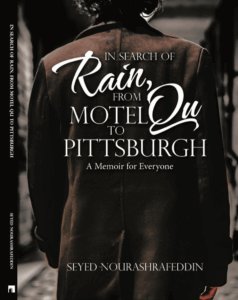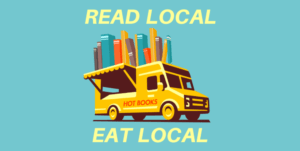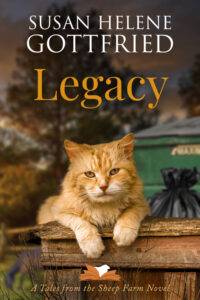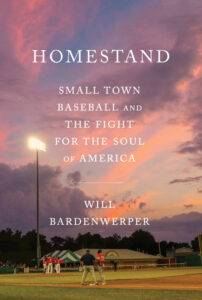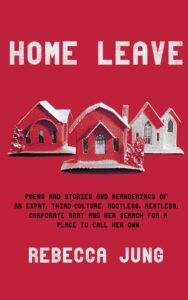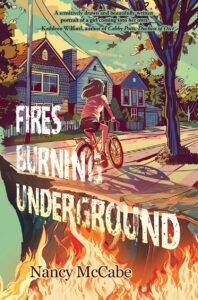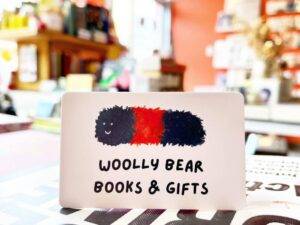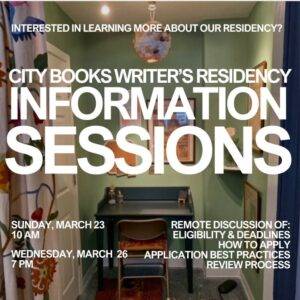Nominated for the Council on Botanical and Horticultural Libraries (CBHL) 2024 Annual Literature Award!
From the Publisher: “A must read for anyone interested in gardening in confined spaces. A personal account of trial-and-error, self-reflection, and growth. With gorgeous pictures throughout, the reader feels the flow of time with every new plant introduced and new idea tested.
During the global COVID-19 pandemic of 2020, one man discovers meaning in his own back yard. In this personal journey set in Pittsburgh, Pennsylvania, author Matt Puchalski takes the reader with him during a year of isolation focusing on his back yard. From a confined urban setting Puchalski walks the reader through turning concrete and trash into life and vibrancy. Starting from an old home past its peak, the reader learns how a person can take rubble and promote life in their community. A good year for growing but a difficult year for humanity, Puchalski discusses his escapism into his back yard and his desire to create a form of normalcy during an evolving pandemic.
Puchalski provides practical advice on starting a garden intermixed with personal anecdotes on how his first season gardening worked for him. Going beyond the garden, Matt Puchalski shares tips and tricks for how to prepare what you’ve produced in your yard. From the garden variety pickle to the highly forgiving kimchi to the oft overlooked elderflower liqueur, recipes are provided inside.
Recipes include:
Rhubarb Syrup
Elderflower Liqueur
Matt’s Quick Pickles
Elderberry Jelly
From The Garden Kimchi”More info About the Author: Matt Puchalski is a gardener and roboticist. Based in Pittsburgh Pennsylvania, his work in the self-driving car industry has seen his products deployed across two continents.
Author Site
My Gardening Background
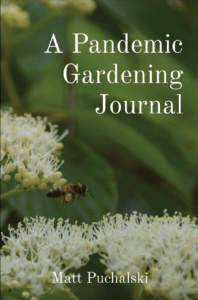 Growing up in New Jersey, gardening was as thrilling as a trip to the dentist, or being dragged along to my sister’s dance classes. Actually, both of those activities were more thrilling to me because at least you could read while you wait. Because New Jersey is the “Garden State,” I connected the word gardening to what was around me: large fields of grass for horse farms broken up by occasional forests, orchards, or corn fields that then abutted abruptly into cookie cutter housing developments and their smaller dollops of grass. That we lived in the smack middle of the state only solidified the association
Growing up in New Jersey, gardening was as thrilling as a trip to the dentist, or being dragged along to my sister’s dance classes. Actually, both of those activities were more thrilling to me because at least you could read while you wait. Because New Jersey is the “Garden State,” I connected the word gardening to what was around me: large fields of grass for horse farms broken up by occasional forests, orchards, or corn fields that then abutted abruptly into cookie cutter housing developments and their smaller dollops of grass. That we lived in the smack middle of the state only solidified the association
My memories of working in the yard of my parents’ quarter acre revolve heavily around the maintenance and upkeep of the lawn. This was a matter of practicality as my siblings and I used every inch of the front and back yard as play areas. Alongside the rest of the neighborhood children, we’d take turns churning up a new lawn a day depending on the mood, weather, and everyone’s availability to play. To us, going out into your parents’ yard and picking up sticks after a storm wasn’t a chore to be checked off a list, it was a near patriotic duty to your fellow children because you knew they were doing the same thing. Rakes, shovels, and shears were our instruments, and we all had a particular favorite for its own reasons. My brother loved the lightweight spade shovel while I could use a transfer shovel for days without stopping. The faster you got your yard taken care of, the faster you could dash down the street, lend a hand and a rake, and complete the ritual at the neighbor’s house.
This being taught to us as “gardening” was something I didn’t fully grasp until I got older, when the tools of the trade upgraded from rakes and tarps to heavy equipment.
When I was 10 I received my first pair of steel-toed boots. The same year, we upgraded the lawn mower from an ancient machine to a new-to-us John Deere riding mower. My father scoured eBay for months looking for the exact right deal, and we found it in the two year old tractor a family a few towns over had purchased before realizing that one of the natural predators of a riding lawnmower is a turf on a mild incline.
The steel-toed boots were a ritual; If I was outside and there was work to be done, the boots were on. This association of yard work and safety equipment pleased my parents, and definitely prevented a few missing toes as I grew beyond the riding mower and on to the weed whacker, edger, and snow plow, but it also is an association I keep to this day. I’ve had a pair of work boots in my parents’ garage — just in case — since I first moved out for college.
My association of work boots and outdoor work also extended to the inner perimeter of the yard: the flowers that immediately surrounded the house, and the folding-table sized plot immediately outside of the kitchen dedicated to herbs and tomatoes. I’d wear my boots to weed some corner of the flowers, never fully understanding what was a weed and what wasn’t. Once when I was 17 I was put in charge of the yearly tomato seedling order from the local garden supply store. I was instructed to, “buy three and make sure they look healthy.” Being a unit-less order of, “three,” I bought three flats of the best looking seedlings they had and brought them home, covering every inch of the family minivan in potting soil in the process. You can imagine the look on everyone’s face at the fifty four tomato seedlings I had acquired. I went door to door in the neighborhood giving out the extra seedlings and our aunts and uncles took a few, but not a single family gathering goes by without someone inevitably deriding me for my lack of gardening awareness.
This excerpt is published here courtesy of the author and should not be reprinted without permission.


